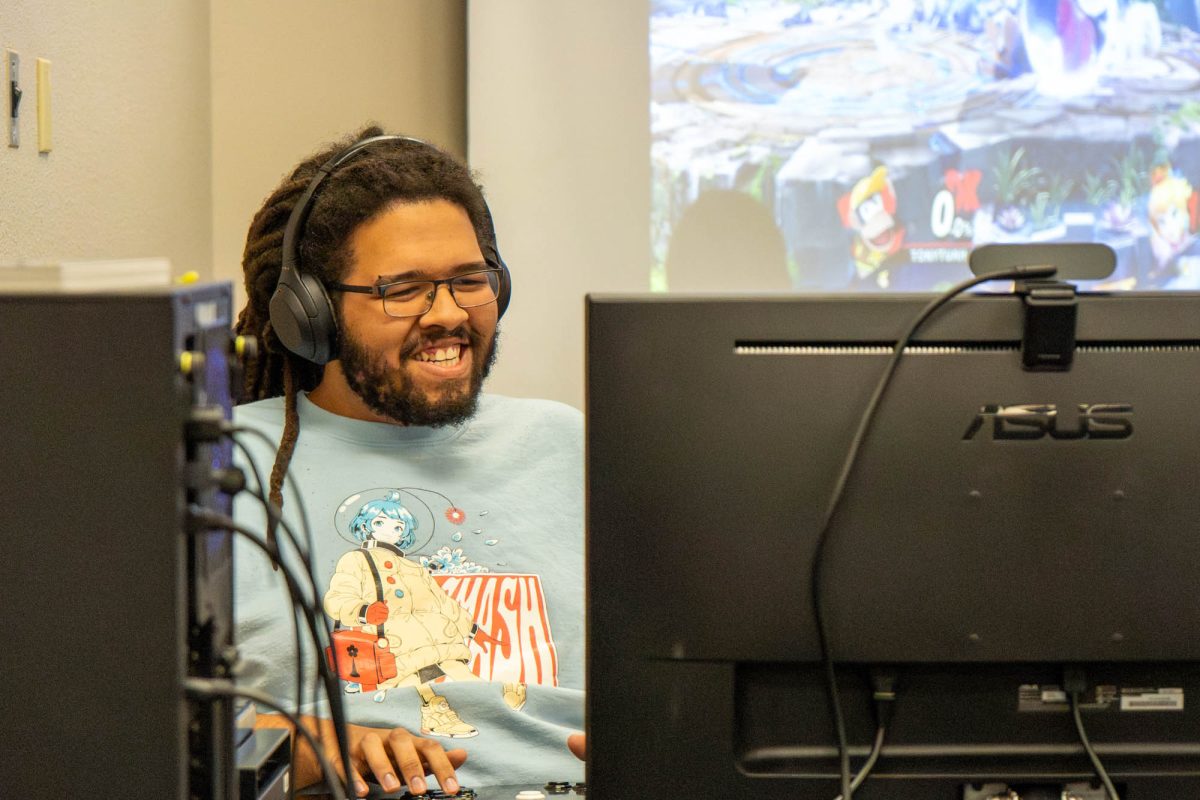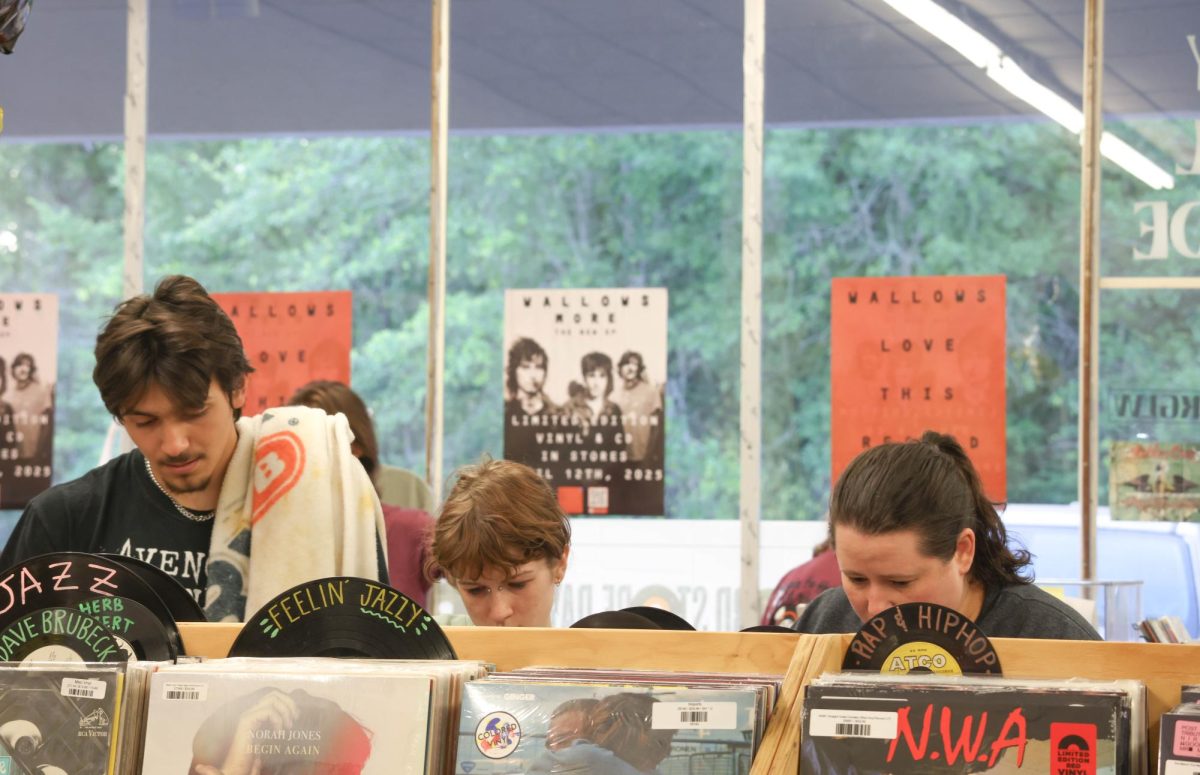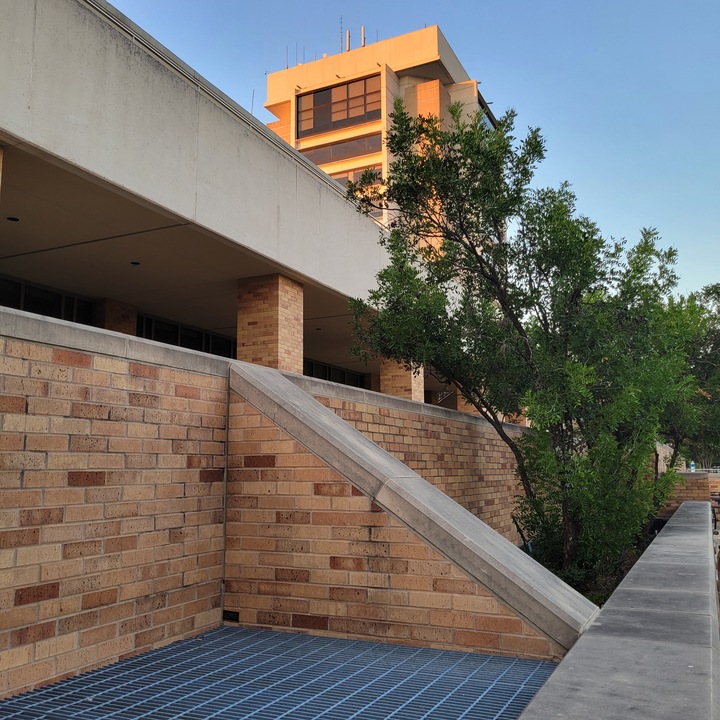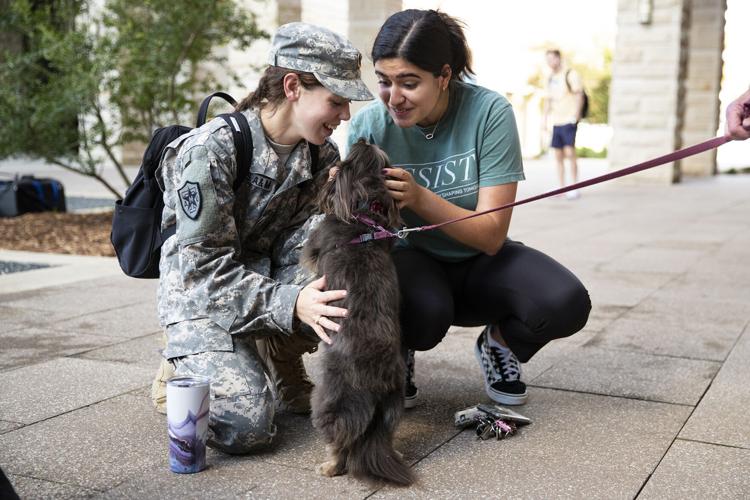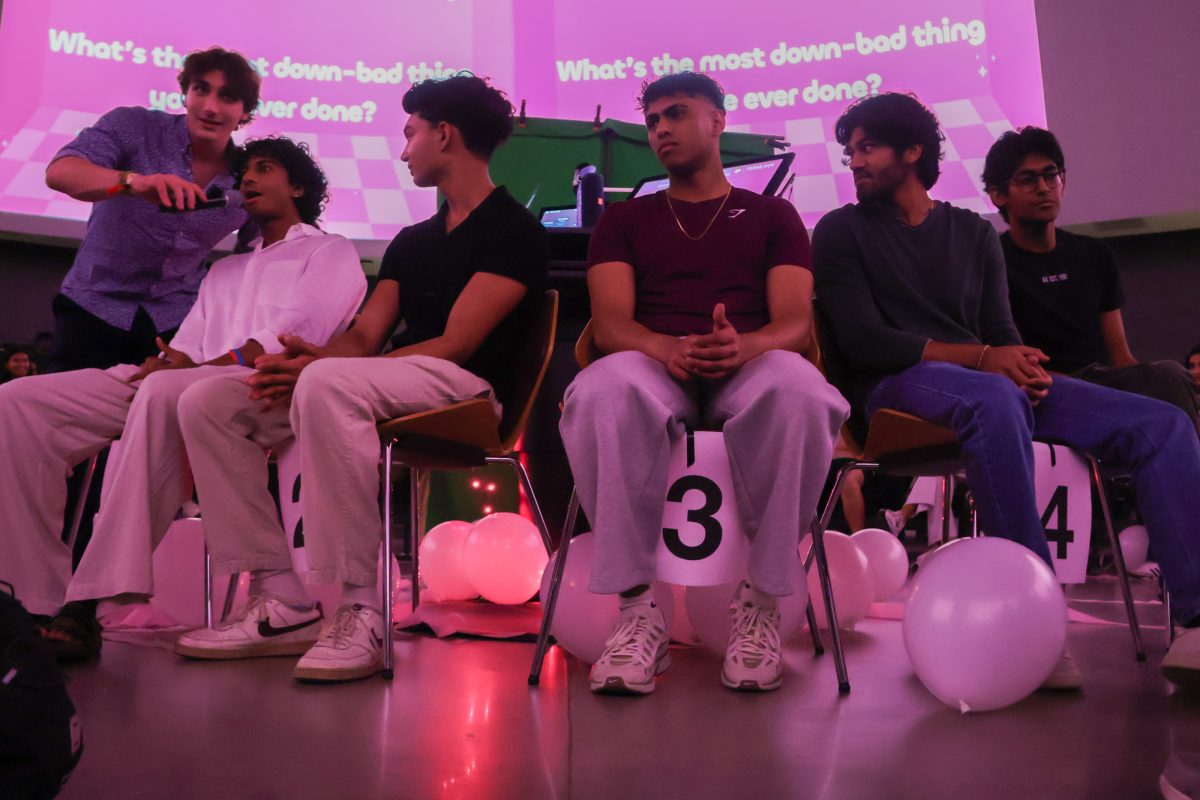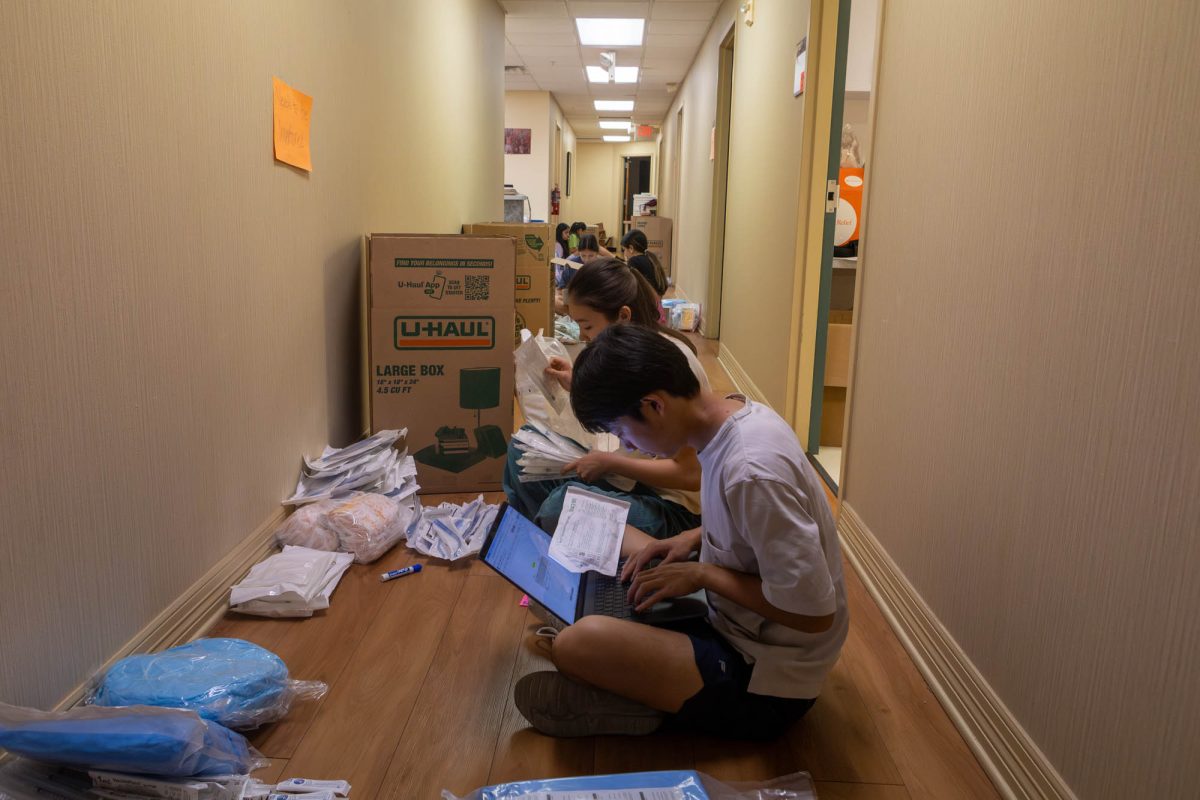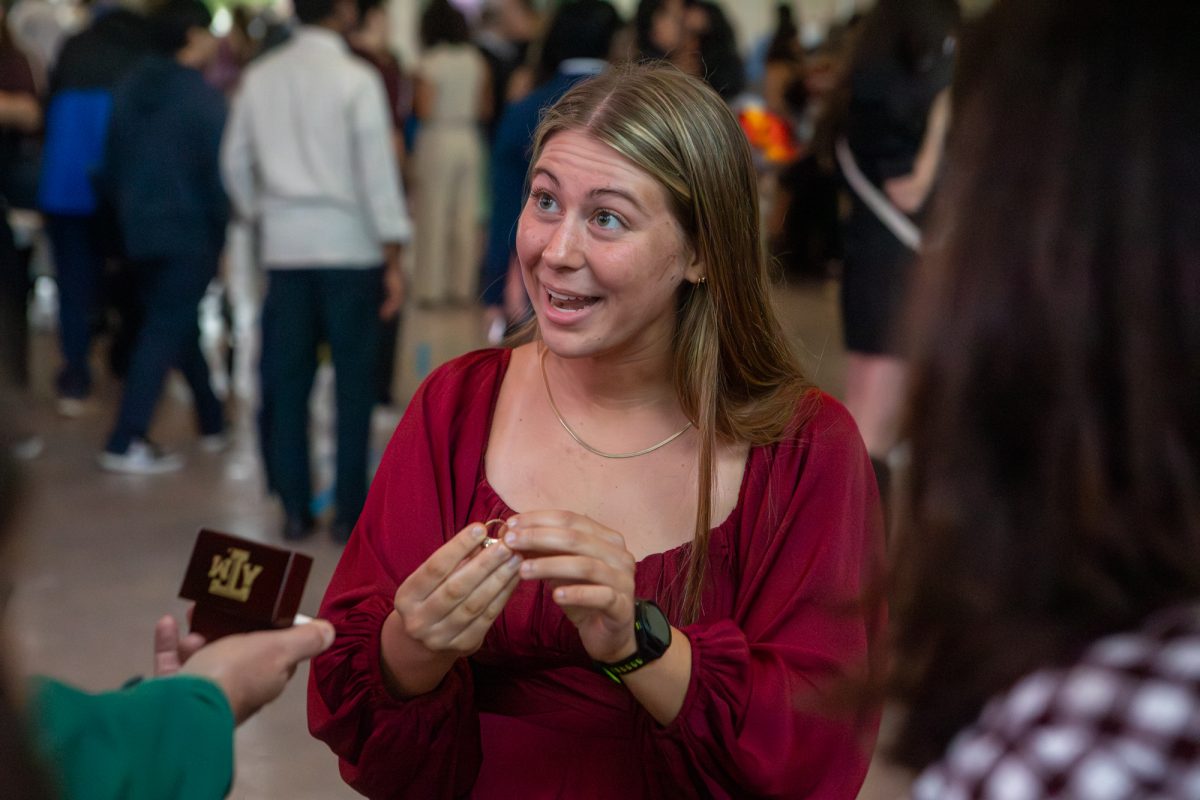Although some may believe sports only exist on the field, Texas A&M Esports has shown otherwise, proving sports can be played online with just as much intensity and vigor. By winning awards for competitive video games and gaining national attention, esports has transformed from a hobby into a skill to be honed.
Founded by Dylan Sliu ‘15 in 2012, A&M Esports is a student organization with a focus on competitive gaming. Reaching over 3,000 members with 250 actively competing, the organization’s top players have won awards both on the local and national level. The current president of A&M Esports, economics senior Pierce Ray, said the club serves to provide people with an interest in gaming a place to convene.
“We want to provide a home and a way for people to get involved, as long as they’re interested in somewhat gaming,” Ray said. “Whether they want to play as a casual person, … if they want to kind of get into competitive and figure out what esports really is, or if they’re already involved in competitive and want to take it to that next level.”
While the name of the organization implies it being a competitive space, the club offers plenty of social experiences for casual players and even those who have no gaming experience.
“For our competitors who are traveling and competing against other states and other universities, we make sure they are fit,” Ray said. “ … Skill wise, ‘Do I need skills or experience in playing video games to be in the org?’ Absolutely not. I have plenty of officers who just enjoy video games … and they are more than happy to be in this org.”
Like many other student organizations, A&M Esports offers experience for its members in both professional and social departments. Current vice president of operations political science senior Leslie Plata mentioned some of the opportunities the club offers for competitive gameplay as well as events for laid-back socialization.

“For our members specifically, they have the opportunity to try out for competitive teams if they do like that,” Plata said. “We also offer coaching as well for people if they choose to do that route, and for our casual side of members we offer things like our socials as well, and some of our members who pay dues get additional benefits.”
Since some prefer casual gameplay, the esports club offers many social activities for its members besides their tournaments. These events typically include activities like boba socials, but the club also offers more gaming specific events.
“We do host things like game nights as well,” Plata said. “Game nights are basically where we gather a lot of people in our voice channels on Discord and we’re able to basically just play games with each other. We also offer in-person events as well. We do watch parties where people gather around and watch some of their favorite games.”
Gaming isn’t the only hobby the club welcomes. Many people with similar interests, such as watching anime, tend to gravitate towards A&M Esports as well. For vice president and senior business and marketing double major Sreya Suresh, A&M Esports is where she’s gotten to know many people who are just like her.
“Almost all of my best friends I’ve met through A&M Esports, and it’s just because it’s like a totally unparalleled experience, finding people who are just like you and have the same interest as you, have the same motivations as you,” Suresh said. “ … It’s just a really cool experience, and I feel like in college a lot of people struggle to find that.”
Games that the club officially plays include Splatoon 3, Fortnite, Overwatch, Super Smash Bros. and Valorant, but when it comes to the competitive play side of the club, the Valorant team stands out the most. Multidisciplinary engineering senior Nicholas Barrionuevo, captain of A&M Esports’ national title Valorant team, was one of the members that won a first-place national award from Riot Games’ official tournament.
“Last semester we played in a tournament called C-Val, which stands for Collegiate Valorant, and we went on to win the national championship for Valorant,” Barrionuevo said. “Started out with roughly 430 teams and eventually whittled down to just us.”

When it comes to the competitive scene, A&M Esports doesn’t stop at Valorant. With the club having members ranking in the top 500 of the country’s best players, they continue to place repeatedly in each tournament they attend.
“A lot of our teams have won other first-place titles,” Ray said. “We have an achievement doc that’s about seven to eight pages, just purely first, second, third scenes. If you look at any other SEC school who has an esports team, you will never consistently see their teams in the top three of the leagues they play in. Now A&M on the other hand, you will always see us in the top three, and you’ll see multiple of our teams in the top three.”
A&M doesn’t offer scholarships or funding to its esports team despite it being present at other universities, and although the club boasts players who have become some of the nation’s best, director of marketing and sports management junior Paris Gabbert said all funding for gaming events and competitions comes from the pockets of the organization and its members.
“We are student-run, and we don’t really have a lot of recognition from the university,” Gabbert said. “I think probably the most significant thing is that we were posted on their Twitter once. All the resources come from the students.”
A&M Esports has not let the lack of university recognition or their lack of funding get in the way of them sending teams to tournaments or hosting events. Currently, the club is working on an event for November that they hope to start hosting annually.
“There’s a whole LAN [local area network, an event where participants play a game in the same physical location] called DreamHack which is pretty much a gaming convention, and so we’re trying to style this event like DreamHack,” Ray said. “Also being able to bring all the schools in Texas for them to compete in those big game titles and have trophies.”
The organization hopes to make a positive impact on student’s lives through gaming, in the process changing not only the way the university views the sport, but also the players themselves.
“We’re not just a big group of people who sit at our computers all day and we don’t go outside or anything,” Ray said. “A lot of our players are very active, involved, they go outside, they go to their classes. … That’s what we really want to change.”




